Lekkie cegły refrakcyjne
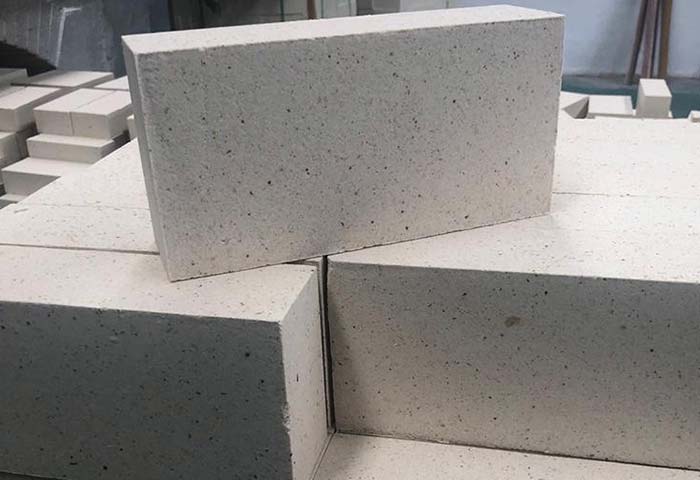
ZA Lekki producent cegieł Oferuje szeroką gamę lekkich ogniotrwałych rodzajów cegieł, a także produkty dostosowane do twoich potrzeb w różnych specyfikacjach fizycznych i chemicznych. Zapewniamy najlepszą jakość, jednocześnie utrzymując cenę sprzedaży tak niską, jak to możliwe. Jako najbardziej zaufany producent i niezawodny partner wierzymy w uczciwość i rzetelność.
Przez lata, Dostarczyliśmy standardowe cegły oporowe i profilowane cegły refrakcyjne do różnych branż i firm. Naszą filozofią usług jest zapewnienie szybkości, wysokiej jakości wyniki dla wszystkich naszych klientów.
Nasze produkty poddawane są rygorystycznym testom jakości, aby zapewnić doskonałą wydajność przez długi czas.
Per Refractories Company ma duży zapas Wysokiej jakości lekkie cegły refrakcyjne. Skontaktuj się z nami już dziś, aby uzyskać lepszą cenę lekkich cegieł.
Rodzaje lekkich cegieł ogniotrwałych
Surowce do lekkich cegieł ogniotrwałych można sklasyfikować jako glinę, krzem, aluminium, i mulit. Lekkie cegły są izolowane, ponieważ zawierają liczne pory (zarówno zamknięte, jak i otwarte). Sposoby powodowania porowatości obejmują dodawanie materiałów palnych, pianki, i chemikalia.
Lekki system cegieł ogniotrwałego to porowata struktura w środku, z właściwościami izolacji produktów refraktorycznych o stałej izolacji, Znane również jako lekkie cegły refrakcyjne. Według używanych surowców, Lekkie cegły refrakcyjne można podzielić na glinę. Krzemionkowy. Wysokie tlenek glinu. Lekkie cegły, takie jak Magnesia.
Temperatura stosowania lekkich cegieł ogniotrwałej wynosi około 900 ~ 2000 ℃.
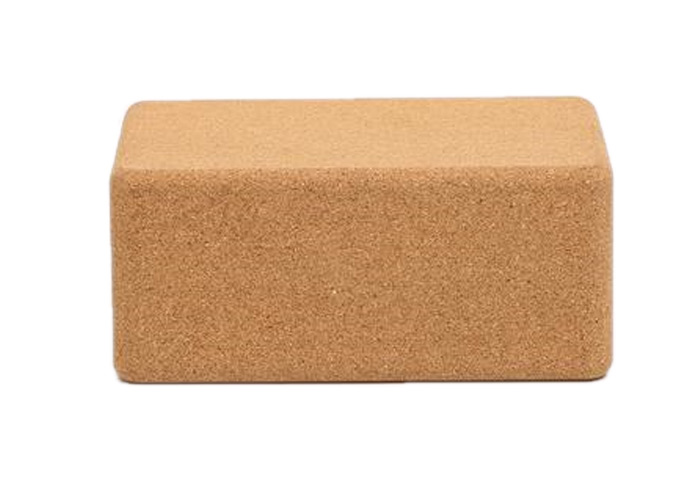
Lekkie cegły izolacyjne gliny
Lekka cegła izolacji gliny jest wykonana z gliny ogniotrwałej jako główny surowiec o zawartości AL2O3 wynoszący 30% ~ 48% produktów ogniotrwałej izolacji.
Proces produkcyjny przyjmuje metodę dodatku do spalania i metodę pianki. Jest wykonany z gliny ogniotrwałej, dryfujące koraliki, ogniotrwałe gliny klinkier jako surowce, Dodanie spoiwa i trocin, i jest wytwarzany przez partię, mieszanie, odlewanie, wysuszenie, i strzelanie. Gęstość luzem wynosi 0,31,5 g/cm3. produkt. Produkcja lekkich cegieł izolacji gliny stanowi ponad połowę całkowitej produkcji izolacji cegieł ogniotrwałej.
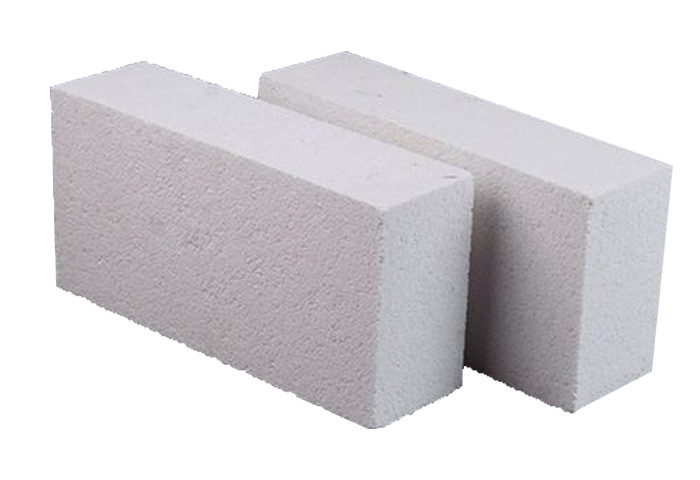
Lekka hollow cegła
Lekka hollowa cegła glinu nazywana jest również cegły izolacyjnej o wysokiej izolacji glinu. Treść tlenku glinu jest powyżej 48%, złożone głównie z mullitu i fazy szklanej lub corundum razem. Ma gęstość masową 0,4-1,35 g/cm3, porowatość 66%-73%, wytrzymałość na ściskanie 1-8MPa, i jest szeroko stosowany w ceramicznych piecach tunelowych, Piece rolkowe, Piece wahadłowe, i piece ścienne. A także w różnych piecach ogrzewania i koksingu oraz innych materiałach termicznych i podszewki cieplnej w branży stalowej. itp.
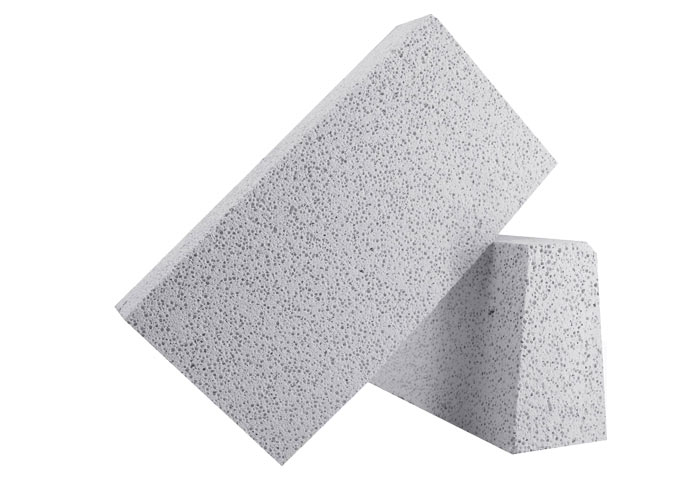
Lekkie cegły izolacyjne Mulite
Lekkie cegły Multe są wykonane z importowanej płyty corundum i elektroprezyjnie o dużej czystości jako główne surowce. Odporność na wysoką temperaturę do 1790 ℃ lub więcej.
Obciążenie zmiękczanie temperatura start 1600-1700 ℃, Wytrzymałość na ściskanie w temperaturze pokojowej 70-260MPA, dobra odporność na szok termiczny, wysoka wytrzymałość, Niska szybkość pełzania w wysokiej temperaturze, Niski współczynnik ekspansji, mały współczynnik termiczny, odporna na kwaśną erozję żużla.
I może znacznie zmniejszyć ciężar w wysokiej temperaturze korpus pieca, przekształcić strukturę, Zapisz materiały, oszczędzaj energię, i poprawić wydajność produkcji.
Nadaje się do izolacji pieca elektrycznego, różne obrotowe piece w wysokiej temperaturze, piece tunelowe, Piece z azotu gazu, itp.
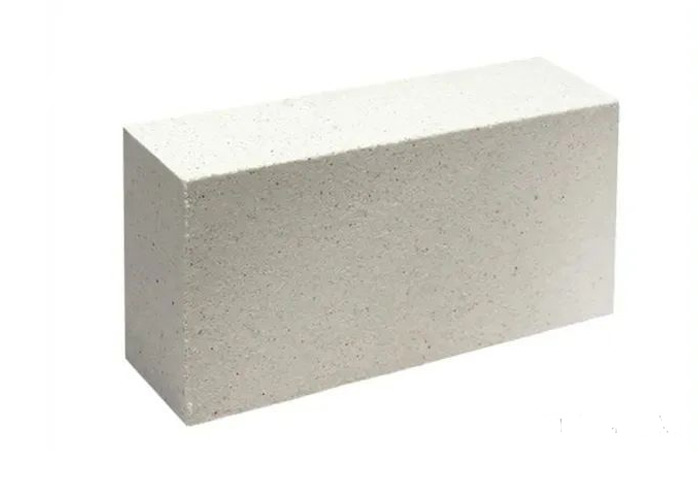
Lekka cegła izolacyjna krzemionki
Światła krzemowa cegła izolacyjna jest wykonana z krzemionki jako główny surowiec o zawartości SiO2 nie mniej niż 91% z produktów refraktorycznych izolacji.
Światła krzemowa gęstość objętościowa cegły 0,91,1 g/cm3. Przewodnictwo cieplne to tylko połowa zwykłej cegły krzemowej, ma dobre wibracje odporności na ciepło, i jego zmiękczanie obciążenia temperatura 1600 ℃, Znacznie wyższy niż cegła izolacyjna gliny.
Dlatego, najwyższa temperatura użycia Cegła izolacyjna krzemionki może osiągnąć 1550 ℃. Nie kurczy się w wysokich temperaturach, a nawet ma niewielką ekspansję.
Zalety lekkich cegieł wytwarzanych przez refraktory
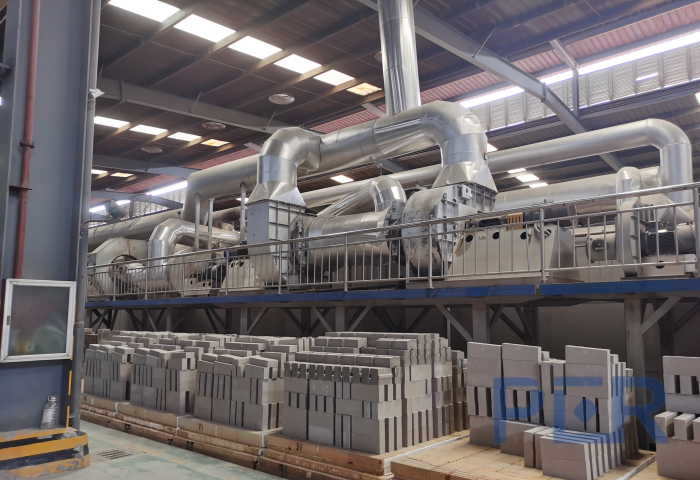
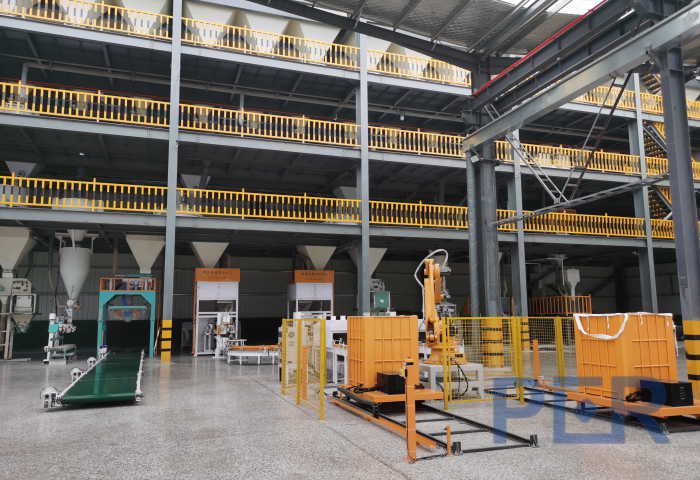
1. Lekki: Najważniejszą cechą lekkich cegieł jest ich waga. Te cegły są znacznie lżejsze niż konwencjonalne cegły, Ułatwianie ich obsługi i transportu.
2. Izolacja termiczna: Lekkie cegły mają dobre właściwości izolacji termicznej. Mają niższą przewodność cieplną niż tradycyjne cegły, co oznacza, że mogą one pomóc wydajniej regulować temperaturę budynku.
3. Opór ogniowy: Wiele lekkich cegieł jest odpornych na ogień, czyniąc je idealnymi do budynków w obszarach podatnych na pożary lub inne rodzaje pożarów.
4. Izolacja dźwiękowa: Lekkie cegły mają również dobrą absorpcję dźwięku, czyniąc je doskonałym wyborem dla budynków w hałaśliwych obszarach.
5. Przyjazny dla środowiska: Wiele lekkich cegieł jest wykonanych z materiałów pochodzących z recyklingu, co czyni je przyjaznym dla środowiska wyborem.
6. Opłacalny: Lekkie cegły są zazwyczaj tańsze niż tradycyjne cegły, czyniąc je opłacalnym wyborem dla projektów budowlanych.
Per Refraktories to profesjonalny producent refrakcyjnych cegieł przeciwpożarowych. Lekkie cegły, które produkujemy, oferują różne zalety, w tym ich waga, Wydajność termiczna, Opór ogniowy, Izolacja solidna i opłacalność. Ze względu na szeroką gamę materiałów używanych do produkcji lekkich cegieł, Budowniczowie mogą wybrać materiały, które spełniają ich konkretne potrzeby.
Metoda produkcji lekkich cegieł
Przyczyną izolacji cieplnej lekkiej cegły inkulującej ciepło jest to, że cegła ognioodporna zawiera wiele porów (Zamknięte i otwarte pory). Metody powodujące porowatość, tj.
Metoda produkcji lekkich cegieł
1. Dodawanie materiałów palnych. Dodaj odpowiednią ilość dodatków do spalania do błota, takie jak trociny. Węgiel drzewny. Kolorowca lub torfowa koks. Ropa naftowa proszek. Shells orzech, itp. Poszukiwania są spalane, gdy cegły odporne na ogień zostaną wystrzelone w celu utworzenia porów. Po wypaleniu przystąpienia, Popiół powinien być mniej.
2. Metoda pianki. Dodaj spieniającego agenta do błota, tak że błoto wytwarzało bąbelki. I dodaj środek mocujący, aby ustabilizować utworzone bąbelki.
3. Metoda chemiczna. Dodaj węglan i kwas, Kaustic Alkali, aluminium, lub metal i kwas do błota. Gaz jest wytwarzany przez reakcję chemiczną, aby produkt otrzymał pory powietrzne.
O firmie PER materiałów ogniotrwałych
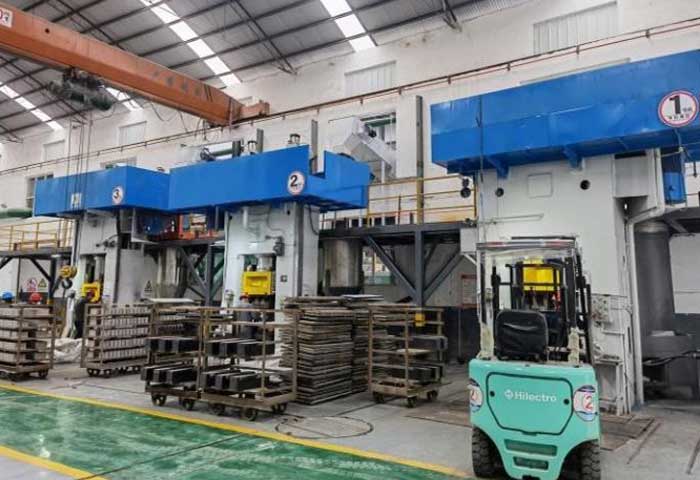
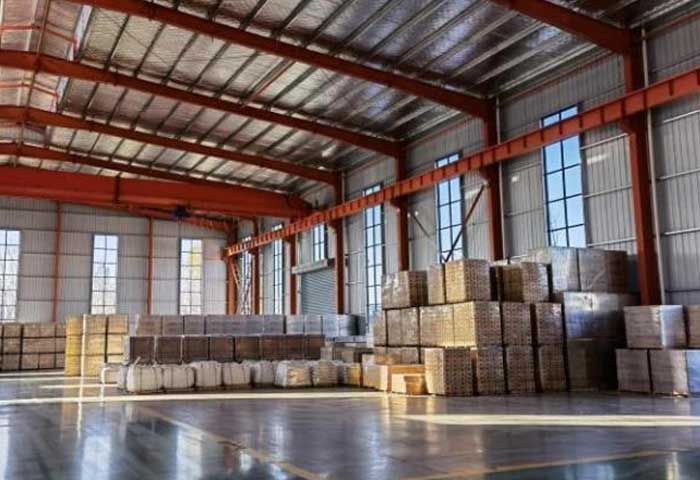
Firma materiałów ogniotrwałych PER znajduje się w mieście Xinmi, Prowincja Henan, rodzinne miasto materiałów ogniotrwałych w Chinach. Nasza firma jest opartym na technologii przedsiębiorstwem zajmującym się materiałami ogniotrwałymi, integrującym R&D, produkcja, obroty, i serwis techniczny. Bogate zasoby i doskonała jakość na tym terytorium zapewniają niezrównane, doskonałe warunki do produkcji materiałów ogniotrwałych. Naszymi głównymi produktami są cegły ogniotrwałe, cegły ogniotrwałe o wysokiej zawartości tlenku glinu, ogniotrwałe cegły krzemionkowe, cegły ogniotrwałe magnezowe, cegły mulitowe, cegły izolacyjne, i inne produkty odporne na wysokie temperatury.
PER uważa za najważniejsze, wierzymy, że każdy produkt należy traktować poważnie i szczerze przyjmować każdego klienta. Zapewnienie szybkich i wysokiej jakości wyników dla wszystkich naszych klientów. PER Refractories będzie Twoim najbardziej godnym zaufania producentem materiałów ogniotrwałych i niezawodnym partnerem.
Firma PER materiał ogniotrwały jest bazą produkcyjną surowca zielonego, oszczędzanie energii, i przyjazne dla środowiska nowe materiały ogniotrwałe. Nasza firma przeszła ISO9001:2008 międzynarodowy certyfikat systemu jakości i GB/T24001-2004 / ISO14001:2004 certyfikacja systemu zarządzania środowiskowego, certyfikacja agencji kontroli jakości w przedsiębiorstwie. Nasze produkty są dobrze sprzedawane w ponad 20 kraje na całym świecie. Są to preferowane produkty ogniotrwałe w metalurgii, nieżelazne, petrochemiczny, szkło, ceramika, i inne przemysł ogniotrwały.
